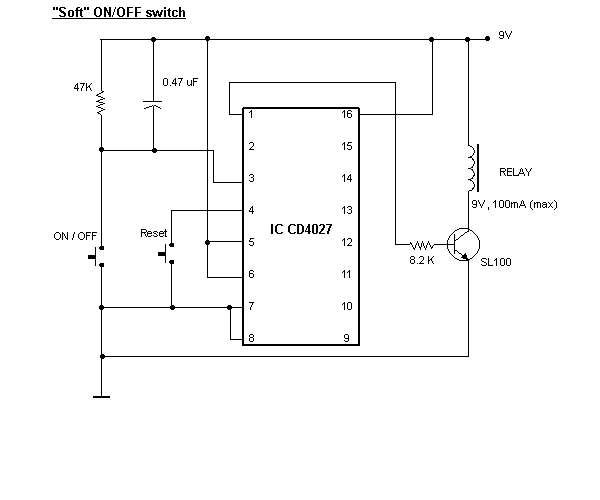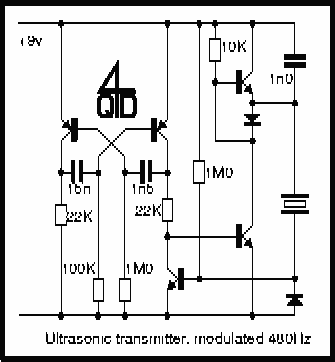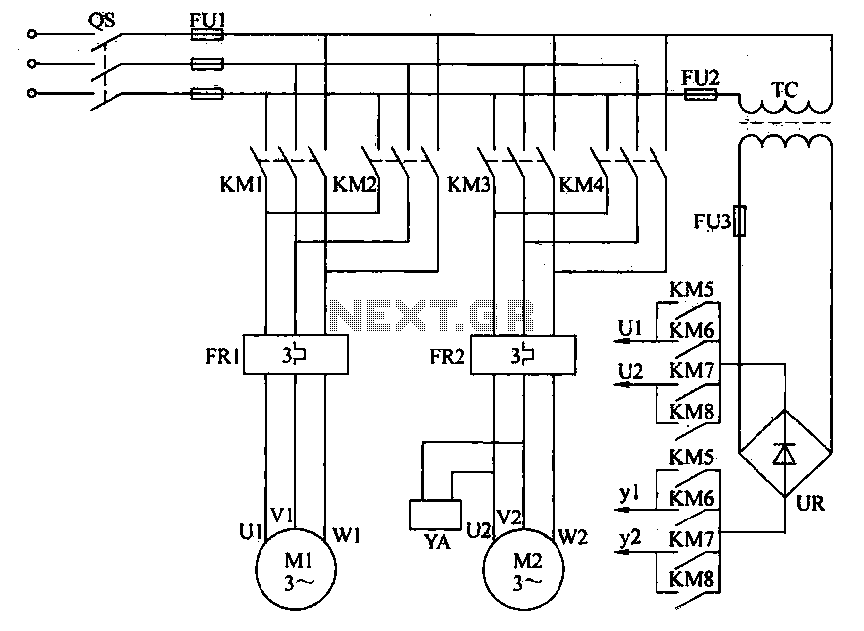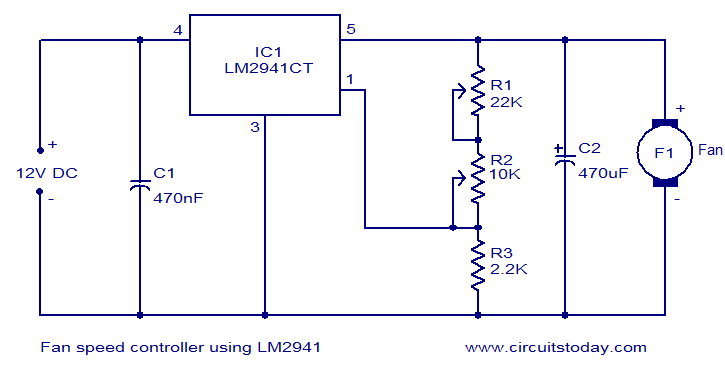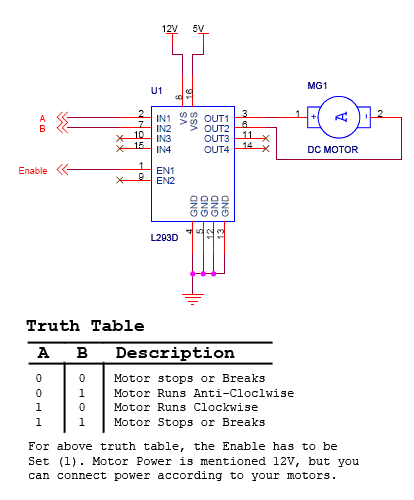
on off infrared remote control
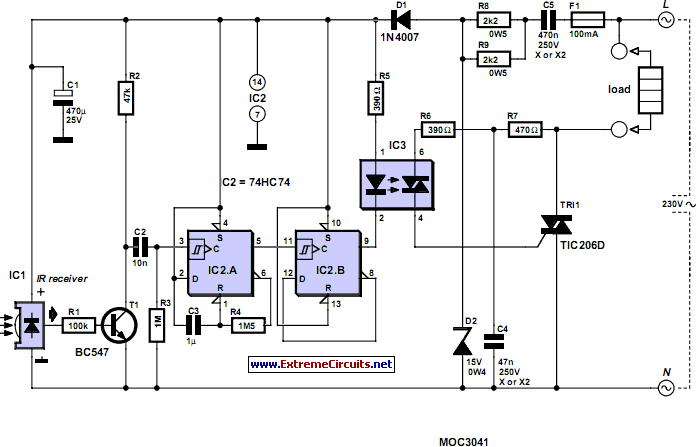
Most homes today have at least a few infrared remote controls, whether for the television, video recorder, stereo, etc. Despite this, many have experienced frustration when the light remains on after settling into a comfortable chair to watch a film. This project proposes to address that issue through an innovative approach. It features a common on/off switch for infrared remote controls, but what sets it apart from commercial products is its compatibility with any remote control.
The proposed circuit is designed to provide a universal solution for controlling lighting through infrared remote controls. The core of the design involves an infrared receiver module, which captures signals from any standard remote control. The receiver is connected to a microcontroller that interprets the received signals and activates a relay module accordingly.
The relay serves as a switch to control the power supply to the lighting circuit. When the user presses the designated button on the remote control, the infrared receiver captures the signal, and the microcontroller processes this input. If the signal corresponds to the "on" command, the microcontroller activates the relay, allowing current to flow to the light fixture. Conversely, pressing the same button again sends the "off" command, which deactivates the relay and cuts the power to the light.
The circuit design includes a power supply section that can convert standard AC mains voltage to the required DC voltage for the microcontroller and infrared receiver. Additional components such as resistors, capacitors, and diodes ensure stable operation and protection against voltage spikes.
This universal infrared switch can be mounted in various locations, making it a versatile solution for controlling lights in different rooms or settings. The simplicity of the design allows for easy installation and integration into existing home automation systems. Overall, this project enhances user convenience and comfort by providing a seamless way to control lighting with any infrared remote control.Most homes today have at least a few infrared remote controls, whether they be for the television, the video recorder, the stereo, etc. Despite that fact, who among us has not cursed the light that remained lit after we just sat down in a comfortable chair to watch a good film?
This project proposes to solve that problem thanks to its original approach. In fact, it is for a common on/off switch for infrared remote controls, but what differentiates it from the commercial products is the fact that it is capable of working with any remote control.. 🔗 External reference
The proposed circuit is designed to provide a universal solution for controlling lighting through infrared remote controls. The core of the design involves an infrared receiver module, which captures signals from any standard remote control. The receiver is connected to a microcontroller that interprets the received signals and activates a relay module accordingly.
The relay serves as a switch to control the power supply to the lighting circuit. When the user presses the designated button on the remote control, the infrared receiver captures the signal, and the microcontroller processes this input. If the signal corresponds to the "on" command, the microcontroller activates the relay, allowing current to flow to the light fixture. Conversely, pressing the same button again sends the "off" command, which deactivates the relay and cuts the power to the light.
The circuit design includes a power supply section that can convert standard AC mains voltage to the required DC voltage for the microcontroller and infrared receiver. Additional components such as resistors, capacitors, and diodes ensure stable operation and protection against voltage spikes.
This universal infrared switch can be mounted in various locations, making it a versatile solution for controlling lights in different rooms or settings. The simplicity of the design allows for easy installation and integration into existing home automation systems. Overall, this project enhances user convenience and comfort by providing a seamless way to control lighting with any infrared remote control.Most homes today have at least a few infrared remote controls, whether they be for the television, the video recorder, the stereo, etc. Despite that fact, who among us has not cursed the light that remained lit after we just sat down in a comfortable chair to watch a good film?
This project proposes to solve that problem thanks to its original approach. In fact, it is for a common on/off switch for infrared remote controls, but what differentiates it from the commercial products is the fact that it is capable of working with any remote control.. 🔗 External reference
